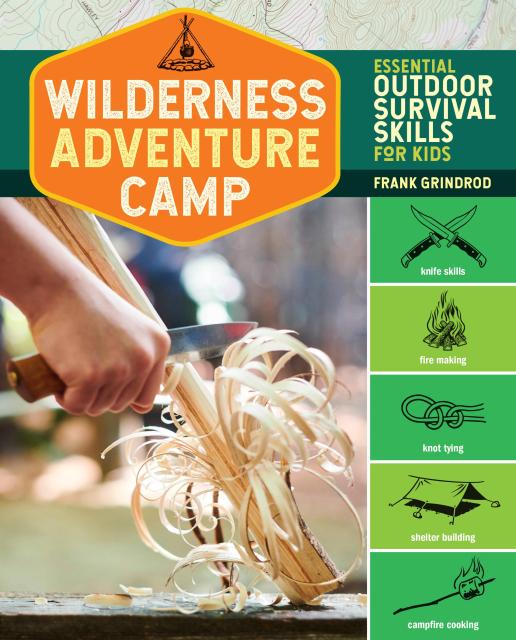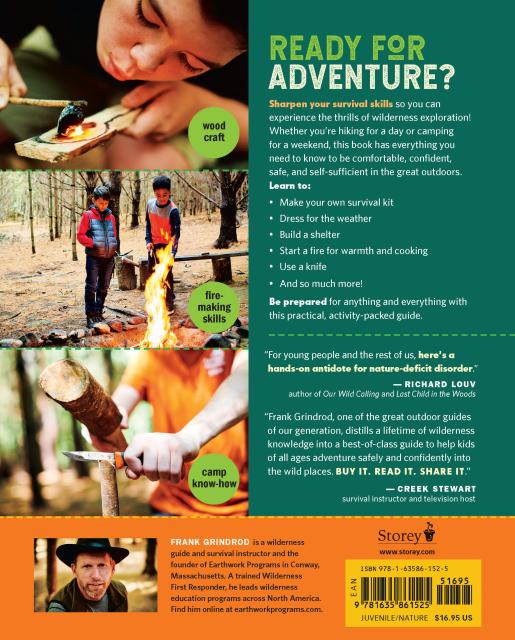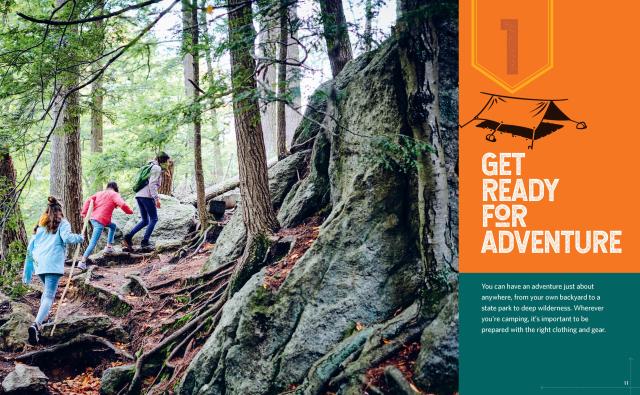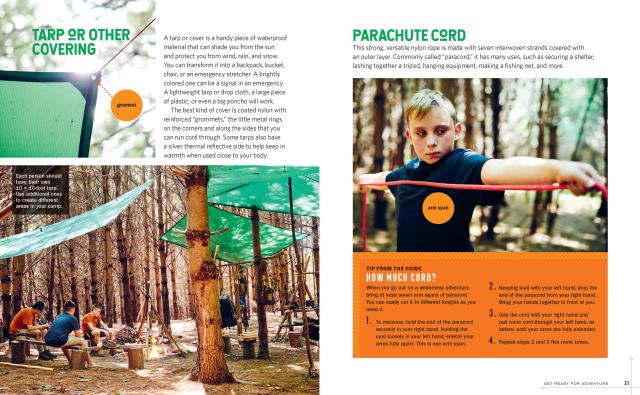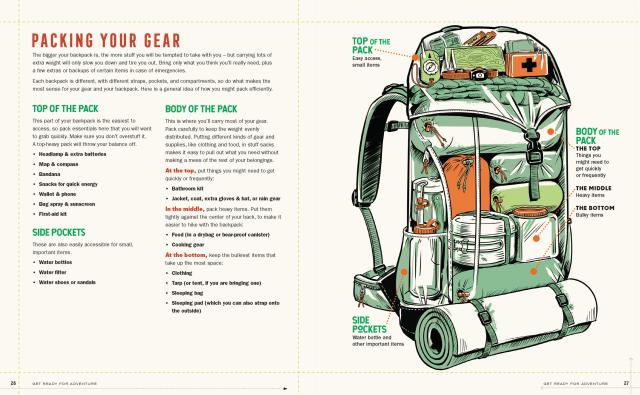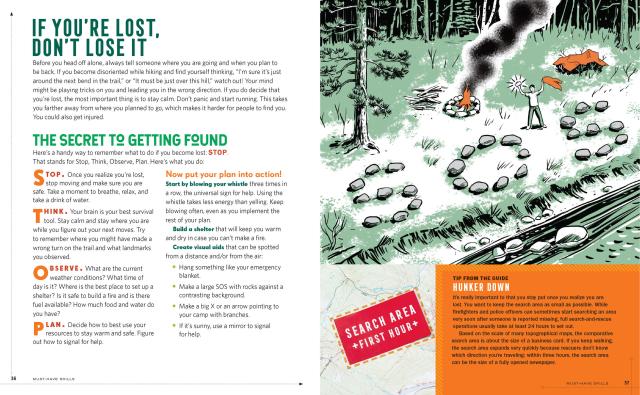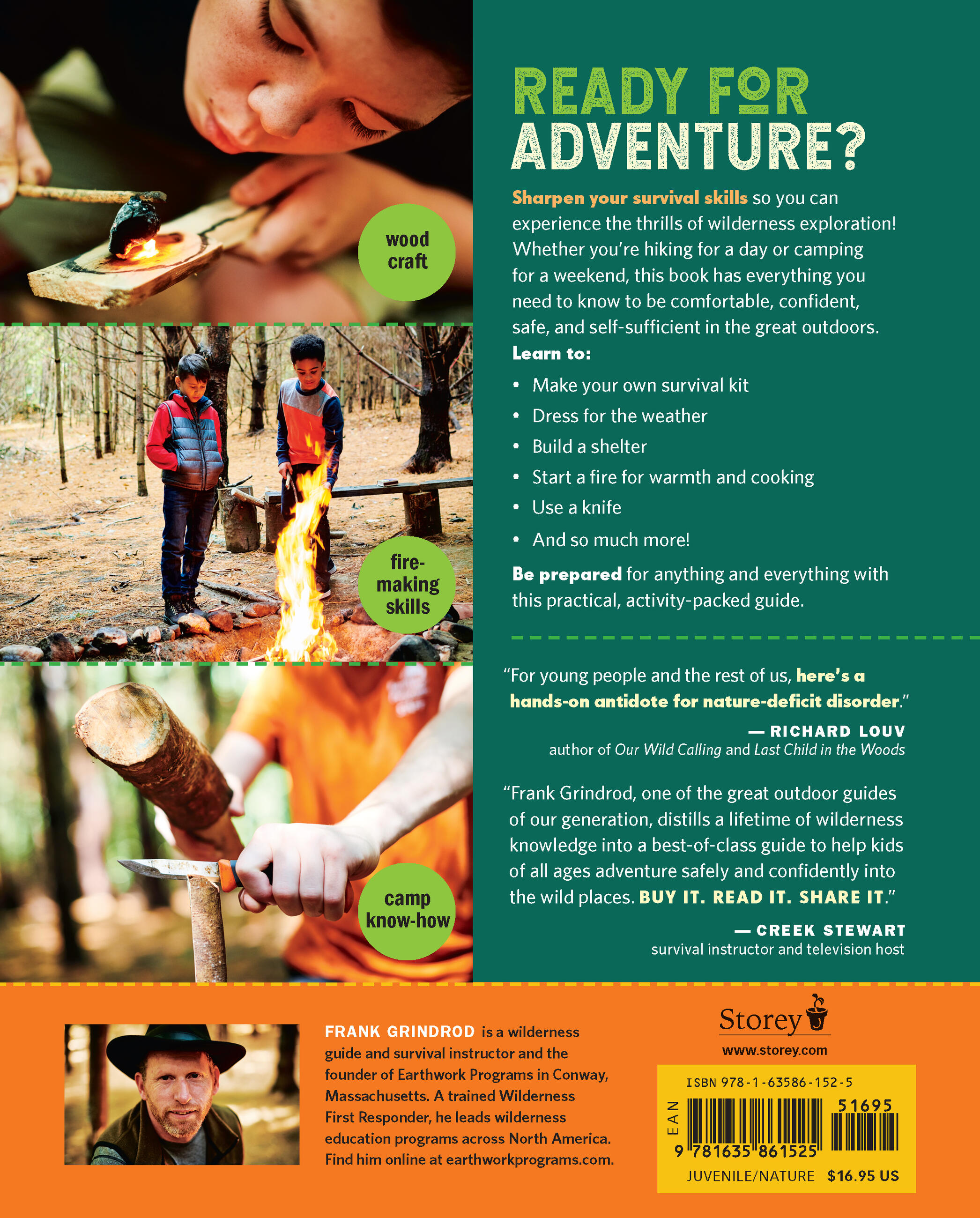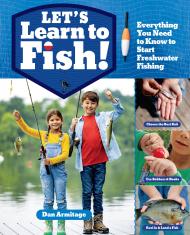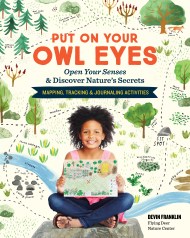Promotion
Shop now and save 20% on your back-to-school purchases & get free shipping on orders $45+ Use code: SCHOOL24
Wilderness Adventure Camp
Essential Outdoor Survival Skills for Kids
Contributors
Formats and Prices
Price
$16.95Price
$22.99 CADFormat
Format:
- Trade Paperback $16.95 $22.99 CAD
- ebook $11.99 $15.99 CAD
This item is a preorder. Your payment method will be charged immediately, and the product is expected to ship on or around April 13, 2021. This date is subject to change due to shipping delays beyond our control.
Also available from:
-
"For young people and the rest of us, here's a hands-on antidote for nature-deficit disorder." —
Richard Louv, author of Our Wild Calling and Last Child in the Woods
"Frank Grindrod, one of the great outdoor guides of our generation, distills a lifetime of wilderness knowledge into a best-of-class guide to help kids of all ages adventure safely and confidently into the wild places. Buy it. Read it. Share it." —
Creek Stewart, survival instructor and television host
- On Sale
- Apr 13, 2021
- Page Count
- 160 pages
- Publisher
- Storey
- ISBN-13
- 9781635861525
Newsletter Signup
By clicking ‘Sign Up,’ I acknowledge that I have read and agree to Hachette Book Group’s Privacy Policy and Terms of Use
